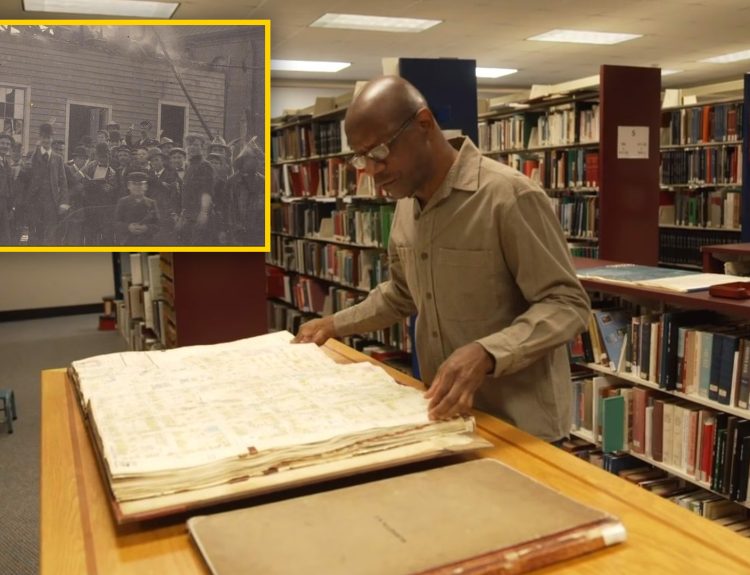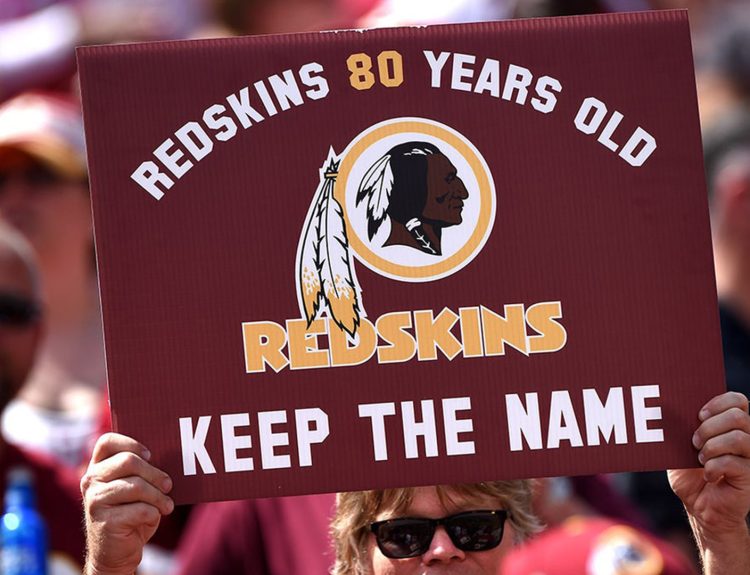Hurricanes are one of nature’s most destructive forces. The strong winds and powerful storm surges can cause catastrophic and widespread property damage and tragic loss of life. But occasionally, something unexpected is revealed when hurricanes rearrange the ocean floor.
In 2022, two major hurricanes, Hurricane Ian and Hurricane Nicole, caused a dual disaster near Florida’s Daytona Beach. By the spring of 2023, however, beachgoers could see an unexpected site in the waters off Daytona Beach … the wooden remains of a sunken ship that may be a century and a half old.
Florida Is No Stranger to Hurricanes and Shipwrecks
The same reason why Florida attracts vacationers is the same reason why the state is prone to hurricanes – it is warm, close to the tropics, and has a long coastline. Westerly winds sweeping across the Atlantic Ocean can pick up speed and strength. The warm, tropical waters just fuel these mega storms and push them toward the east coast of the United States.

Florida also has an abundance of shipwrecks off its coast. Hurricane action can be blamed for many of these wrecks, especially ones dating back more than a century. Before accurate weather forecasting and radio communications, sea captains were at the mercy of the elements. And along the Sunshine Coast, those elements can be vicious and brutal.
Hurricane Ian
Hurricane Ian struck the Florida coast in late September 2022, bringing with it a massive storm surge and unrelenting rain. With an estimated cost of $113 billion in property damages, Hurricane Ian is the costliest hurricane in Florida history and it ranks in third place in U.S. history, behind only 2005’s Hurricane Katrina and 2017’s Hurricane Harvey.
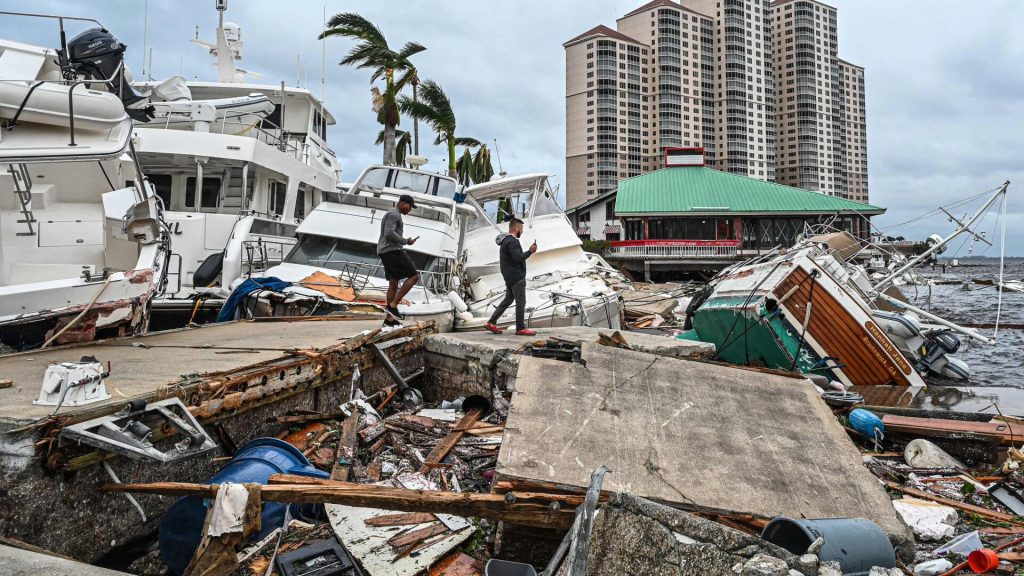
In its wake, Hurricane Ian left 150 Floridians dead. The hurricane hit Florida from the Gulf Coast side, making landfall near Naples, then crossed the state to the Atlantic side.
Hurricane Nicole
Hurricane Nicole was a rare November hurricane – only the third November hurricane to make landfall in Florida. It struck around November 7 and 8, 2002, barely six weeks after Hurricane Ian. Floridiana were still recovering from Ian when they had to prepare for the arrival of Nicole.

Fortunately, Hurricane Nicole was not as powerful as Ian. This storm struck Florida as a category one hurricane. But it was a large and sprawling storm that brought widespread rain, power outages, and devastation to the parts of Florida that were already reeling from Hurricane Ian.
Poking Out of the Waves
Around Thanksgiving time, a few weeks after Hurricane Nicole, people walking along the beach at Daytona Beach began seeing glimpses of something poking out of the waves. It wasn’t driftwood or debris from the recent storms. It stayed in the same place.
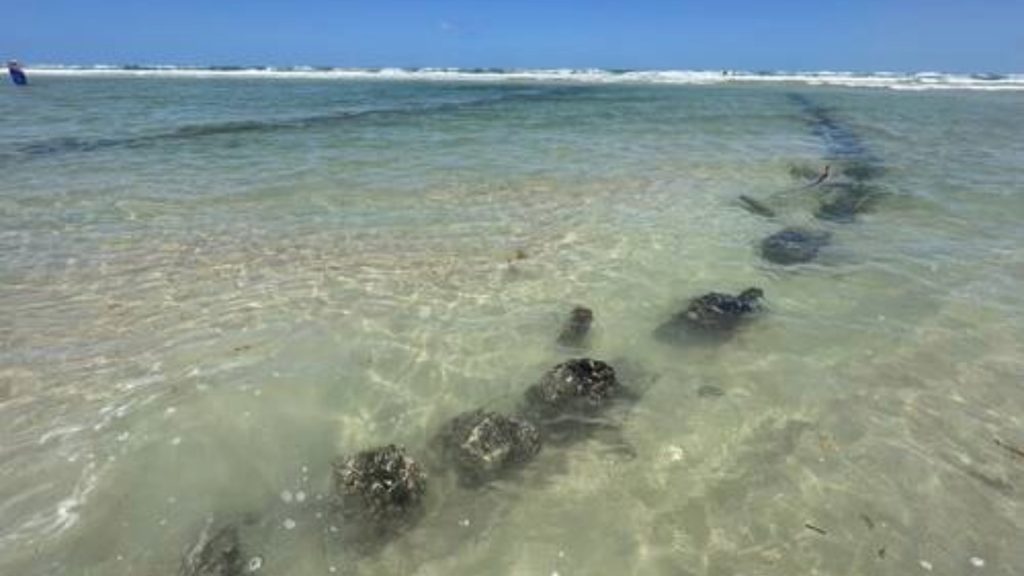
By the spring of 2023, beachgoers could clearly see that it was the remains of a wooden structure, although they were not sure exactly what it was. Some Daytona Beach residents speculated that it was the remnants of old spectator bleachers that were used back in the days when NASCAR races were held on the beach. Others wondered if it was an old wooden pier.
A Sizeable Structure
As more and more of the structure became visible above the water, beachgoers could see that it was quite sizable. It was approximately 80 to 100 feet in length and roughly 25 feet wide. This left many people wondering if the mysterious structure could, in fact, be a shipwreck. It was time to call in the experts.
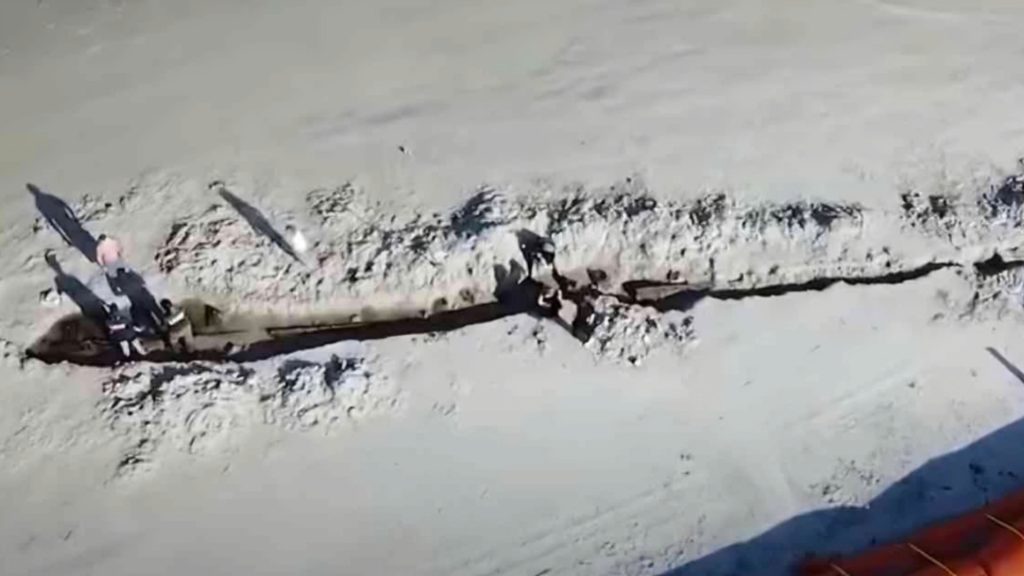
They contacted Chuck Meide, a maritime archaeologist with the St. Augustine Lighthouse and Museum. He, along with two other maritime archaeologists, visited the site and made an exciting announcement. The shifting ocean floor, stirred up by the two hurricanes, had, indeed, revealed an old shipwreck.
An “Amazing” Discovery
As Meide explained, “Whenever you find a shipwreck on the beach, it’s really an amazing occurrence.” The Florida coast is littered with shipwrecks but unfortunately, many of them have become buried by sand beneath the water. That makes finding these shipwrecks so exciting.
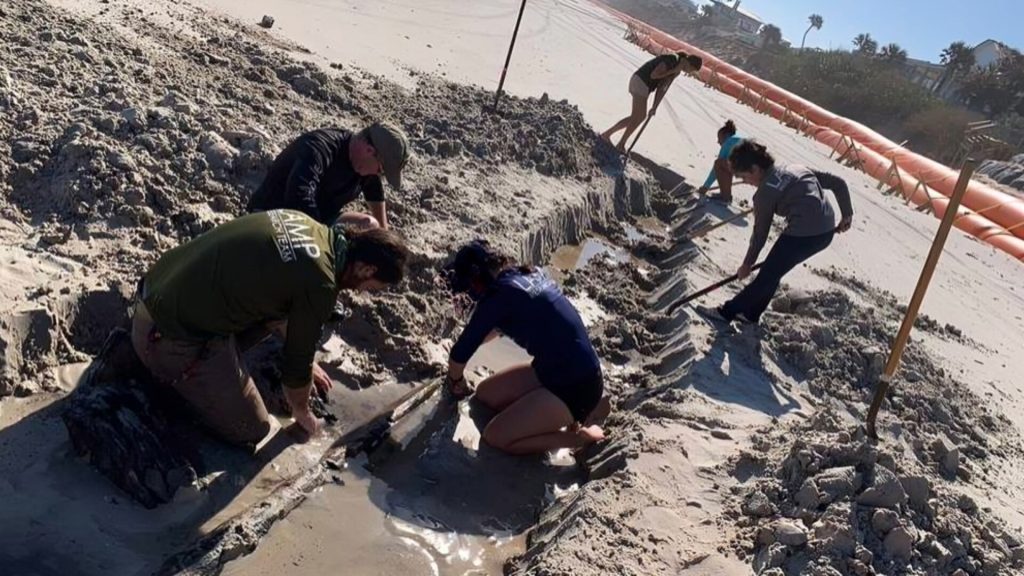
“There’s this mystery, you know,” Meide said. “It’s not there one day, and it’s there the next day, so it really captivates the imagination.” Meide’s three-man team went to work thoroughly investigating the shipwreck with assistance from another team of archaeologists, this one from the Florida Public Archaeology Network.
All the Hallmarks of a Shipwreck
Meide and his team were able to quickly put to rest the rumors that the structure was an old pier or abandoned NASCAR seating. He explained, “I can tell you definitively that it is a shipwreck. We’re finding frames – or ribs – of the vessel. We’re finding steeling planking, which is the interior planking … down on the bottom of the cargo hold.”
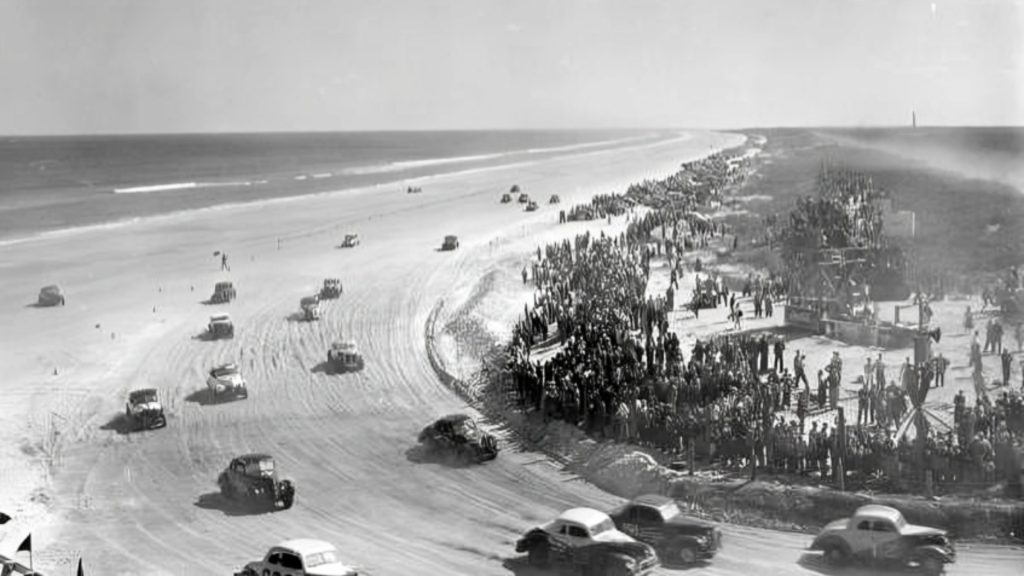
The state of deterioration of the vessel makes it difficult to confirm its identity, but Meide believes it could be as much as a century and a half old. “It’s more likely to date to the 1800s than any older century because there were just so many more ships sailing in the 1800s,” he noted.
Florida’s Historic Role in Maritime Commerce
By the 1700s and early 1800s, trading had reached a global level. Goods and resources from far-off places to port cities in the United States and Europe. Florida’s strategic location – near the islands of the Caribbean, close to Mexico and Central America, and as an entry point to the Gulf of Mexico where New Orleans is located – turned the waters around Florida into a shipping highway.

Several of Florida’s own port cities, like Tampa and Key West, became either trading hubs or stopping off points for transatlantic shipping vessels. As Christopher McCarron, another archaeologist investigating the shipwreck, stated, “Imagine as many Amazon trucks that you see on the roads today. This was the equivalent in the 1800s.”
What Cargo Did It Carry?
Meide and his team are confident that the ship was a cargo vessel transporting goods from one port to another. What they don’t know is if the ship was coming or going. And what could its cargo have been?
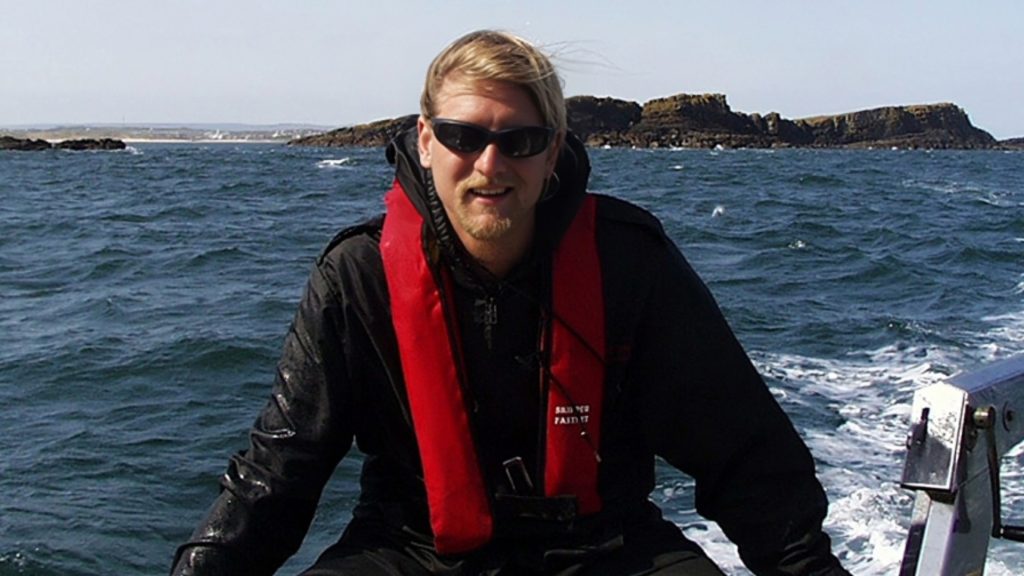
He explained, “If it was coming from the Caribbean, it could have been carrying fruit. It could have been lumber. If it was coming from the Gulf of Mexico, it could have been manufactured goods.”
Searching For Cargo Clues
If the archaeological team could find cargo items, it would help them determine where the ship came from and possibly even where it was going when it sank. McCarron noted, “Sometimes you can make the connection between what was being transported and what was being built at the time.”
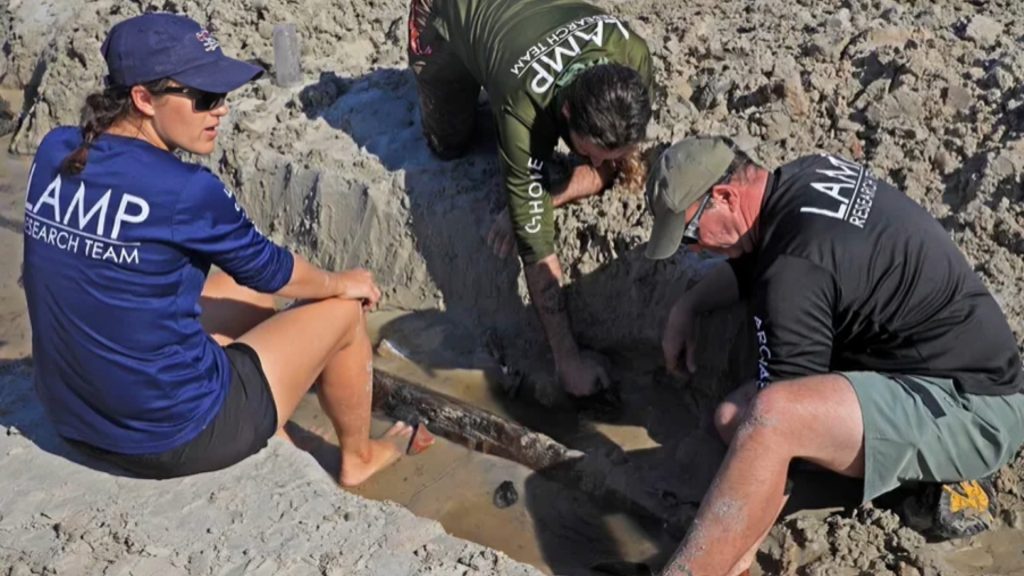
So far, however, the search for cargo clues at the site has not yielded any information. But the lack of cargo could, itself, be a clue. A cargo of fruits, for example, would not have been preserved when the ship sank.
Most Shipwrecks Occurred Near Ports
Meide observed that the majority of Florida shipwrecks are “concentrated near or around inlets.” These ships likely sank on approach to a port or while trying to find a harbor from a storm. He pointed out that areas like St. Augustine, with its many inlets, have numerous shipwrecks.

Finding a shipwreck along the Florida coast, however, is not unheard of. “You always get these kinds of random ones just on the coast,” Meide added. “They could have been heading to New York or someplace, but a hurricane beat them south and they wrecked somewhere on the coast.”
Determining the Age of the Vessel
Meide, McCarron, and the other archaeologists had to examine how the ship was constructed to help them determine the age of the vessel. Meide noted, “We’ve seen wooden fasteners, which is typical – there are probably iron ones as well.” The initial findings indicated that the ship was probably from the 1800s.
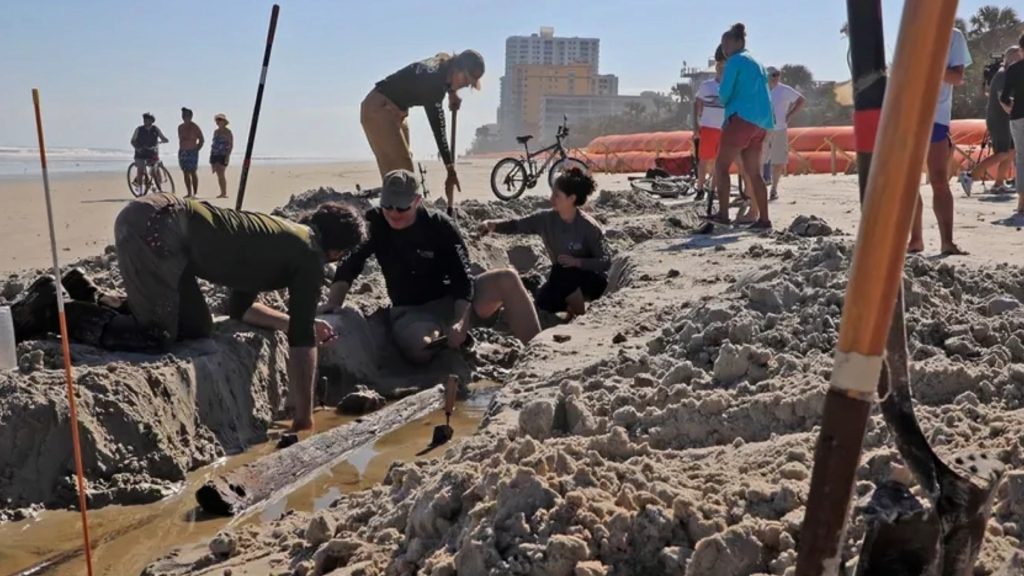
“It would not be too much before that, most likely,” stated Meide. McCarron explained, “That’s where those diagnostic artifacts identifiers come in handy.” Further study into the wreckage has confirmed that that vessel dates to the latter half of the 1800s.
Documenting the Discovery
As for the identity of the ship, McCarron said, “It’s too early to say and, unfortunately, we’re having to fight the tide.” The archaeologists have determined that it is too risky to try to retrieve the ship from the water. The cost of such an endeavor is prohibitive and the vessel could be damaged.
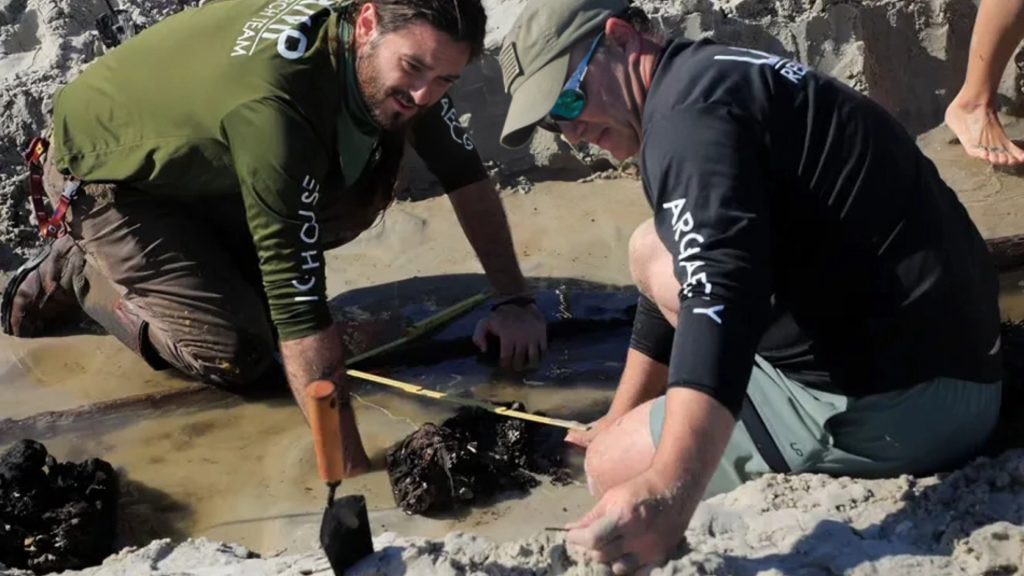
Instead, the archaeological teams are doing all they can to thoroughly document the vessel before the ocean reclaims it. Using underwater drones, they are photographing every inch of the wreckage. They are also measuring it and taking wood samples. All of this will allow them to continue studying the find.
The Ocean Is Reclaiming the Shipwreck
As soon as the ocean revealed the shipwreck, it began to reclaim it. The sand is already shifting to cover portions of the vessel and soon, it will once again be buried. “We will let Mother Nature bury the wreck,” Meide said.

He explained that the wet sand and ocean water act as preservatives. The ship’s structure is held in place by the wet sand and the water prevents the oxygen from speeding up the decaying process. “As long as the hull is in the dark and wet, it will last a very long time,” Meide said. “Hundreds of more years.”




